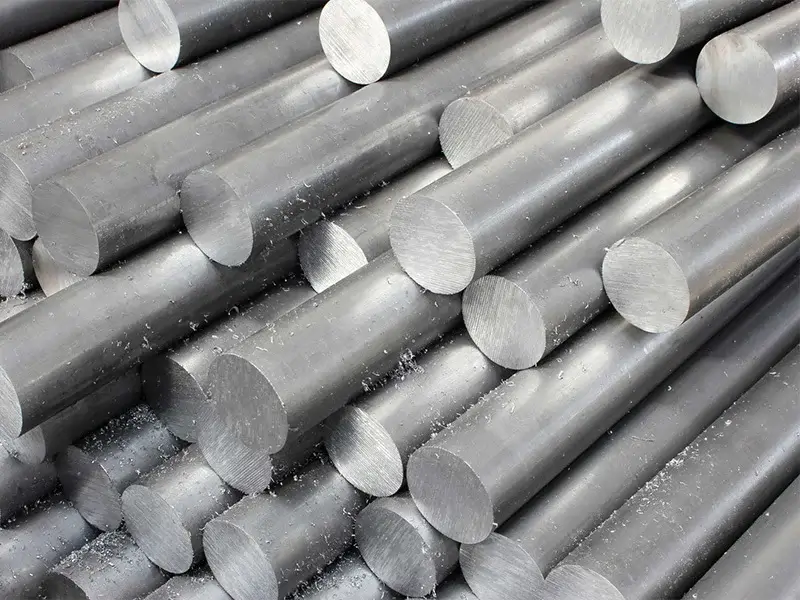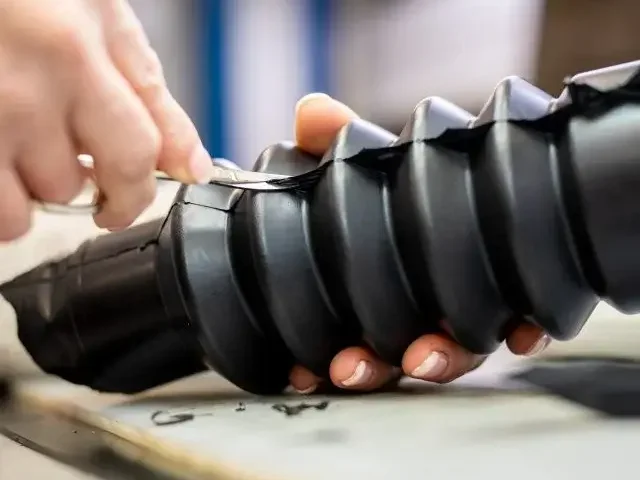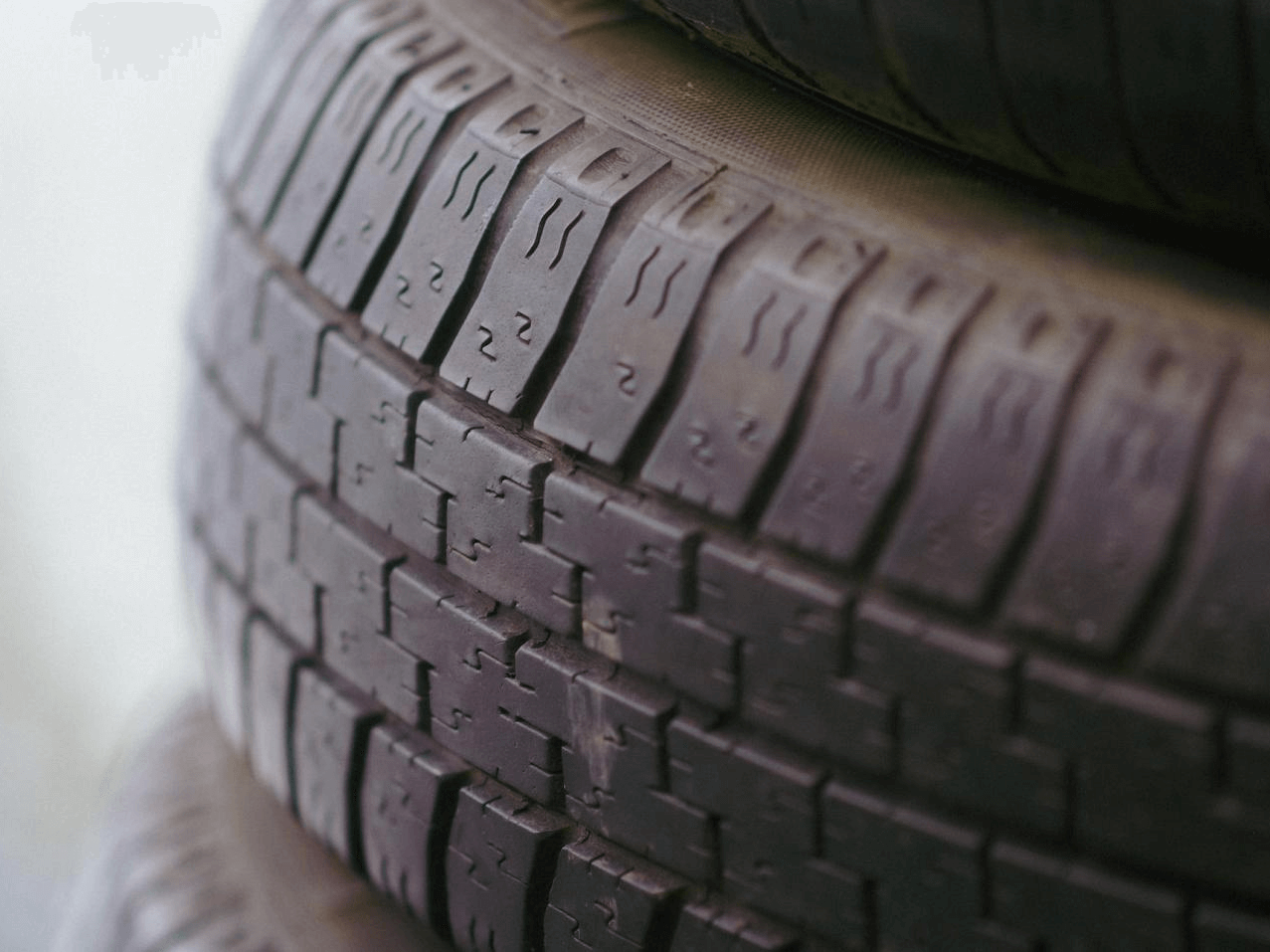Rubber Material Selection
Rubber Material Selection Guide
In the world of manufacturing and engineering, the selection of the right rubber types material is crucial for ensuring the performance and longevity of products. With a variety of rubber materials available, each possessing unique properties and characteristics, understanding their applications and limitations is essential.
This guide will explore common rubber materials such as Natural Rubber, Styrene Butadiene Rubber (SBR), Neoprene, Silicone, Fluorine Rubber, and EPDM, highlighting their specific uses and advantages. By clarifying the application environment and considering key factors such as temperature, chemical exposure, and mechanical requirements, you can make informed decisions that optimize performance and cost-effectiveness in your projects.Using the correct and suitable rubber material can prolong the service life of rubber products.
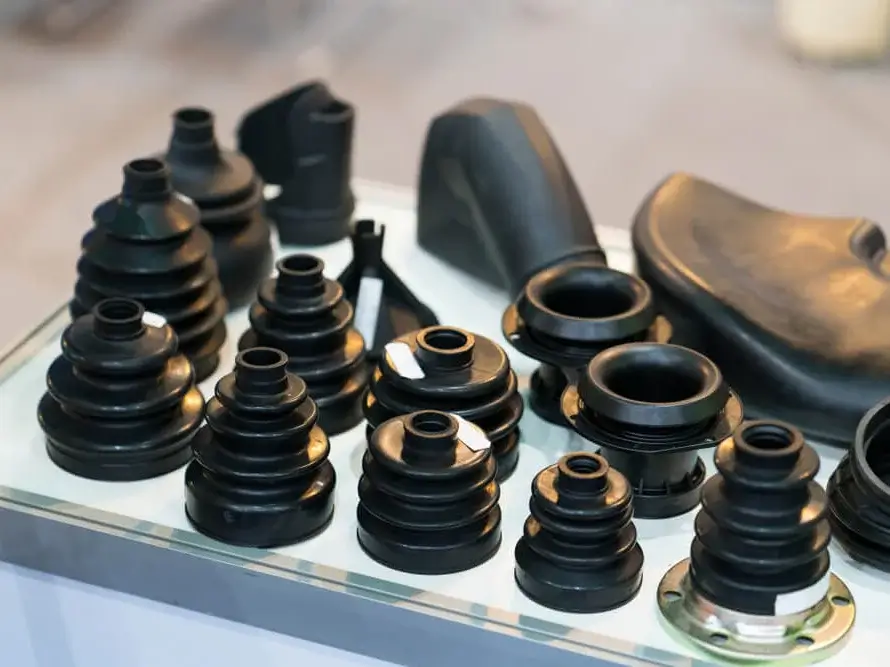
What are the common rubber material Selection?
- Natural rubber (NR) : high elasticity, good wear resistance, suitable for tires, soles, etc.
- Styrene butadiene rubber (SBR) : good wear resistance, widely used in automobile tires, footwear.
- Neoprene rubber (CR) : oil resistance, heat resistance, anti-aging, often used in seals, hose.
- Silicone rubber (SI) : high temperature, cold resistance, often used in food, medical industry.
- Fluorine rubber (FKM) : high temperature resistance, chemical corrosion resistance, widely used in sealing rings, gaskets and other high requirements.
- Ethylene Propylene Rubber (EPDM) : ozone resistance, climate resistance, heat resistance, often used in automotive seals, cables and so on.
Different rubber materials have different characteristics, and the selection needs to be considered according to the application scenario, temperature, pressure, chemical media and other factors.Below is a general guide for common rubber materials:
Common Rubber Compatibility Chart
| Rubber Type | Chemical Compatibility |
|---|---|
| Natural Rubber (NR) | Good: Water, alcohols, weak acids and bases. Poor: Oils, fuels, ozone, solvents. |
| Nitrile Rubber (NBR) | Good: Oils, fuels, greases. Poor: Ketones, ozone, chlorinated hydrocarbons. |
| Ethylene Propylene (EPDM) | Good: Steam, water, brake fluids, ozone, and weathering. Poor: Oils, fuels, and hydrocarbons. |
| Silicone Rubber (MVQ) | Good: High/low temperatures, ozone, weathering. Poor: Acids, bases, fuels, and solvents. |
| Fluoroelastomer (FKM) | Good: Oils, fuels, solvents, ozone, high temperatures. Poor: Low molecular weight esters and ketones, amines. |
| Neoprene (CR) | Good: Moderate oils, ozone, weathering, refrigerants. Poor: Strong acids, ketones, aromatic hydrocarbons. |
| Styrene-Butadiene (SBR) | Good: Water, weak acids, and bases. Poor: Oils, fuels, ozone, and strong oxidizers. |
| Butyl Rubber (IIR) | Good: Gas permeability, acids, weathering. Poor: Oils, fuels, and solvents. |
| Polyurethane (AU/EU) | Good: Abrasion resistance, oils, fuels. Poor: Water, acids, and alkalis. |
How to Use:
- Chemical Identification: Identify the primary chemicals the rubber will contact.
- Material Matching: Compare chemicals against the chart to find compatible rubber types.
- Testing: Perform field testing if the environment includes extreme conditions or mixed chemicals.
Rubber Material Selection Guide
Where are Rubber Products Used and What is Their Functions?
In order to ensure that the correct rubber material is used, it is first necessary to clarify the application environment of the rubber product, so as to be able to determine what kind of rubber material is suitable for such an application environment. Usually, the following points need to be clarified when you select rubber material.
- Is there any requirement for temperature, is it continuous or discontinuous, and what is the temperature?
- What is the medium used?
- Whether you will be exposed to acidic or alkaline chemicals
- Is it applied externally or internally to the system?
Rubber Material Selection You Need to Consider
In the case that the use can be satisfied, it is necessary to consider whether there are alternative materials with higher cost performance and more affordable prices. Only through comprehensive consideration can reasonable material selection be achieved. After understanding the use environment of rubber products, when selecting materials, you need to note the following properties of the rubber material selection.
- Working temperature
- Medium influence
- Aging resistance
- Tensile strength (tensile strength)
- Elongation (stretch rate)
- Resilience or Damping (elasticity or damping)
- Impact resistance
- Electrical-conductivity/resistivity (conductivity)
- Flame-Resistance/optical smoke density (flame resistance)
- Surface Friction (surface friction)
Choosing the appropriate rubber type material is a critical step in the design and manufacturing process. By understanding the distinct properties of various rubber materials and evaluating the specific requirements of your application, you can ensure that your products meet performance standards while also being cost-effective. Whether you need high elasticity, chemical resistance, or durability against environmental factors, this guide serves as a valuable resource for navigating the complexities of rubber material selection.
Rubber products also have defects when you choose a mismatch.With careful consideration and informed choices, you can enhance the reliability and efficiency of your rubber products in any application.Hope the rubber material selection guide can help you.
Generally speaking, the material of synthetic rubber is adjustable. In addition to the conventional rubber, Jiangzhi will adjust the rubber material according to your use environment to meet the requirements of the special use environment.
Professional Injection Molding One-Stop Service Company
Other About Rubber Materials
Key Rubber Parts Defects You Need To Know
A Simplified Look at Shore Rubber Hardness and Its Application
Rubber Molding Process: From Industrial to Daily Life
Jiangzhi Service Available Processing Material
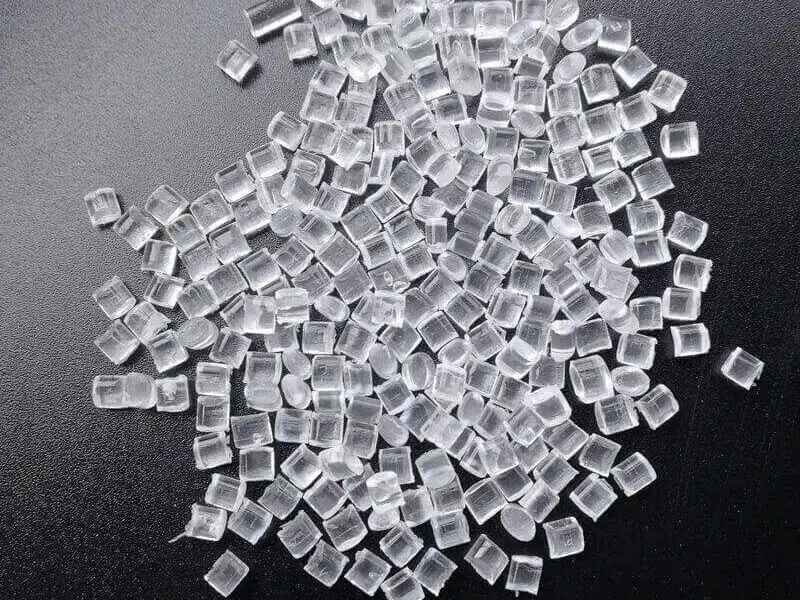
Plastic Material

Rubber Material
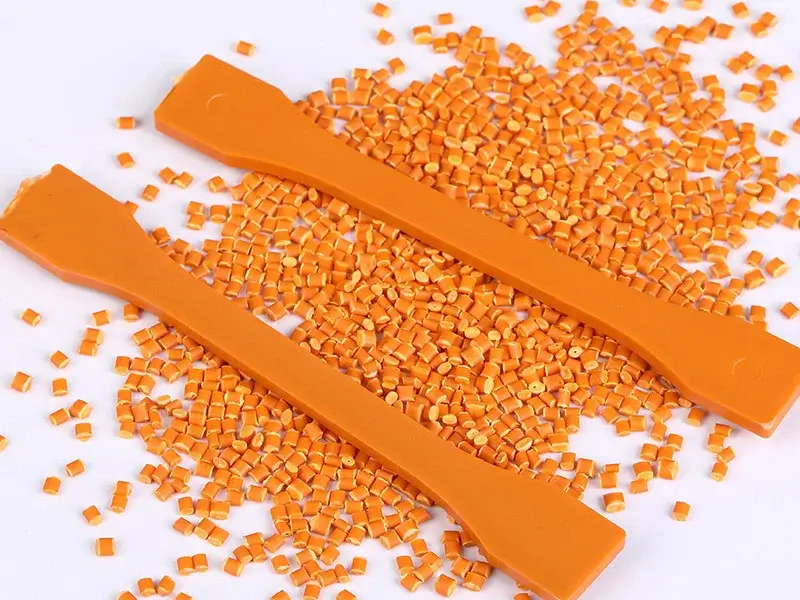
TPE Material
